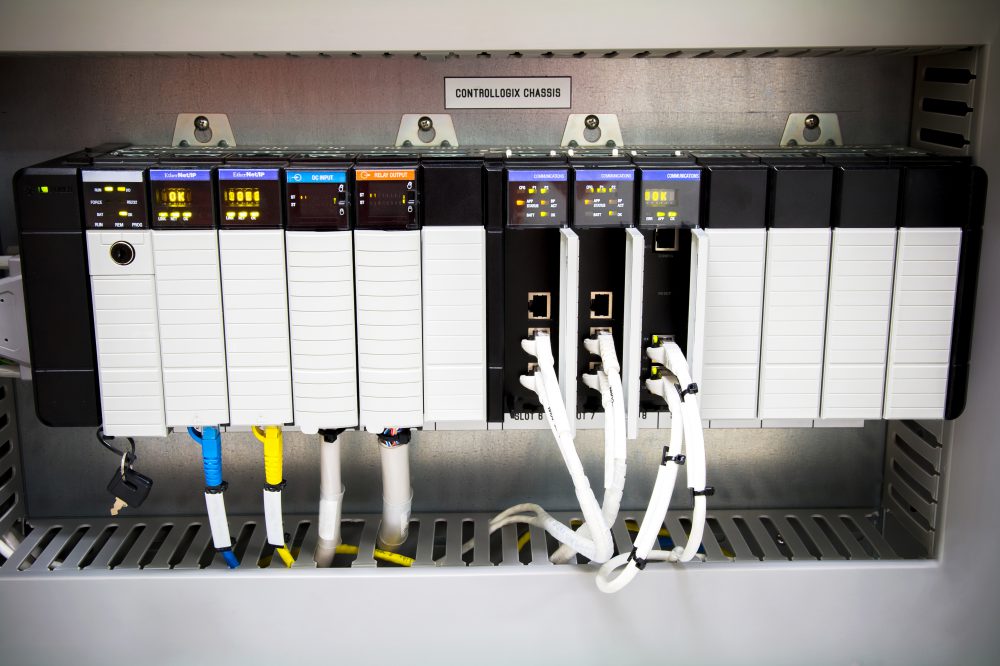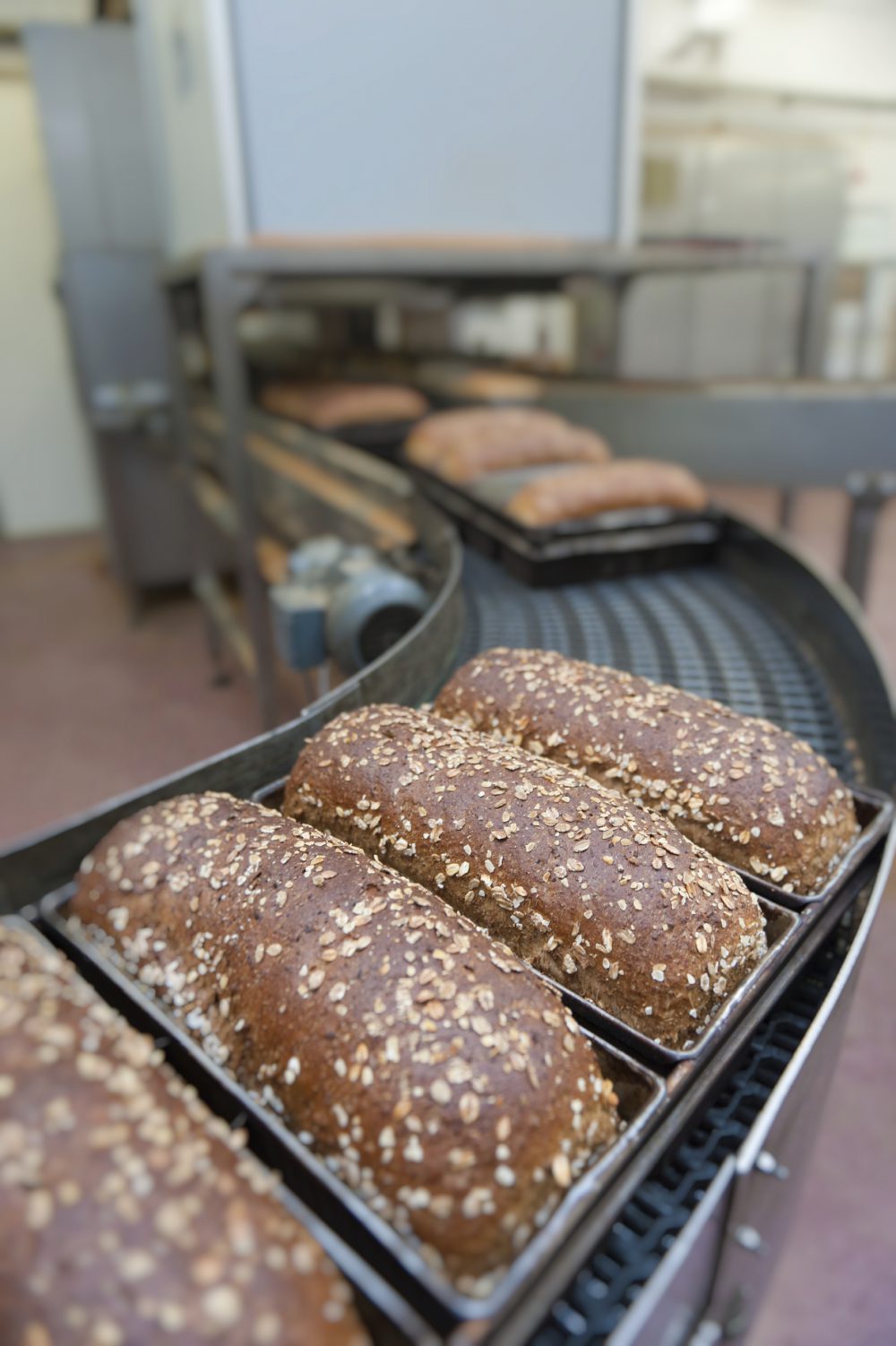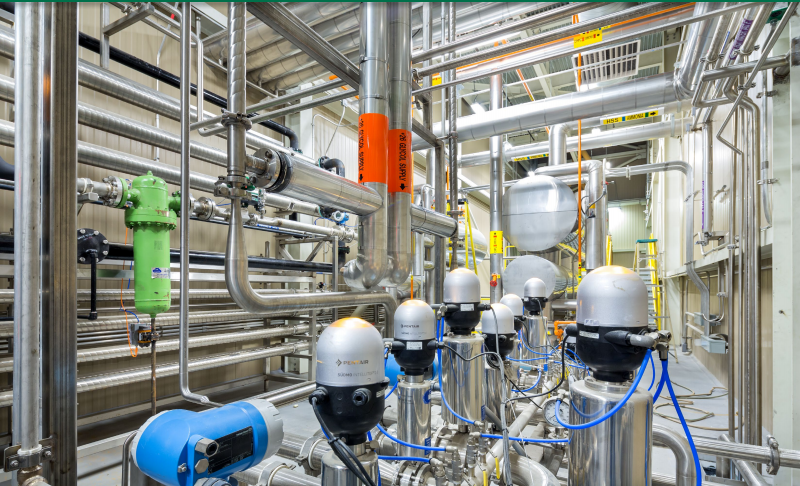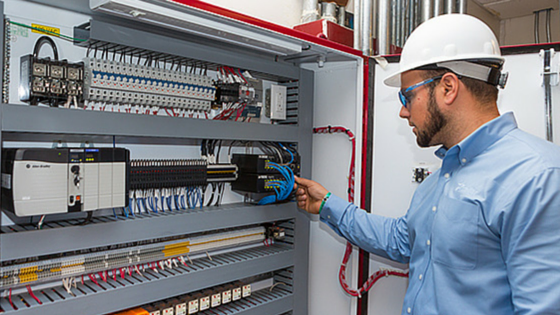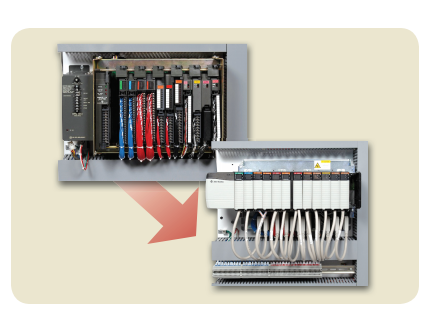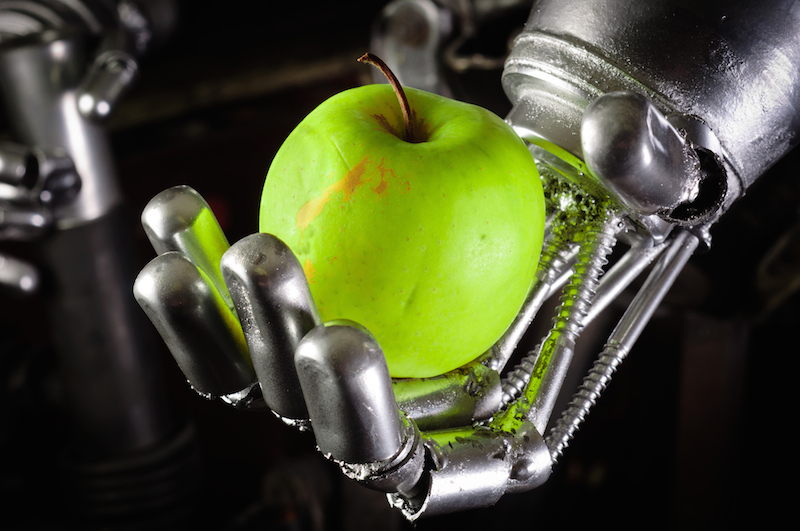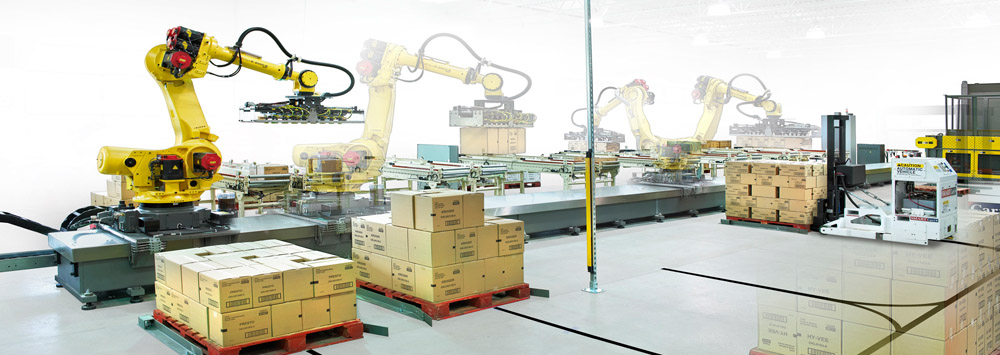Industrial Automation: Is It Time to Upgrade Your Control System?
How old is the control system at your facility? In most processing plants, the control system consists of field instruments that are wired to I/O cards which feed to a central PLC controller. Operators communicate with the PLC through a human machine interface (HMI) computer.
While the lifespan of an HMI computer is about the same as a typical desktop computer, the instruments, field wiring, I/O boards and PLC controllers last a lot longer — and the mentality of most operators is: “if it ain’t broke, don’t fix it.” Upgrading a control system is a costly investment, and, as a result, many facilities have field hardware that is decades old.
So, when is it worth upgrading your control system? And what options do you have?
Continue Reading “Industrial Automation: Is It Time to Upgrade Your Control System?”



